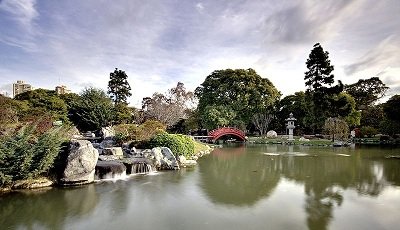Development of Gardens
Development of Gardens began with the evolution of Egyptian Style followed by Persian Gardens which brought about a revolution in the field of Landscape Architecture…

Every Gardening Style that evolved after Persian Gardens was an imitation of the previous style and then gradually disappeared in a few years. The phase of the evolution of various gardening styles is termed as “Modern Garden Architecture“.
In this article, we are going to discuss the Evolution of Dutch Gardening Style…
Dutch Gardening Style also disappeared unlike the Italian Garden Style, French Style, Japanese Style, Chinese Style, Islamic and English styles.
As dedicated florists, the Dutch imitated French Gardening Style. Dutch Gardens are distinguished by its dense atmosphere and efficient use of space. The gardens where the tulips plantations are dense are also termed as Dutch Gardens.


